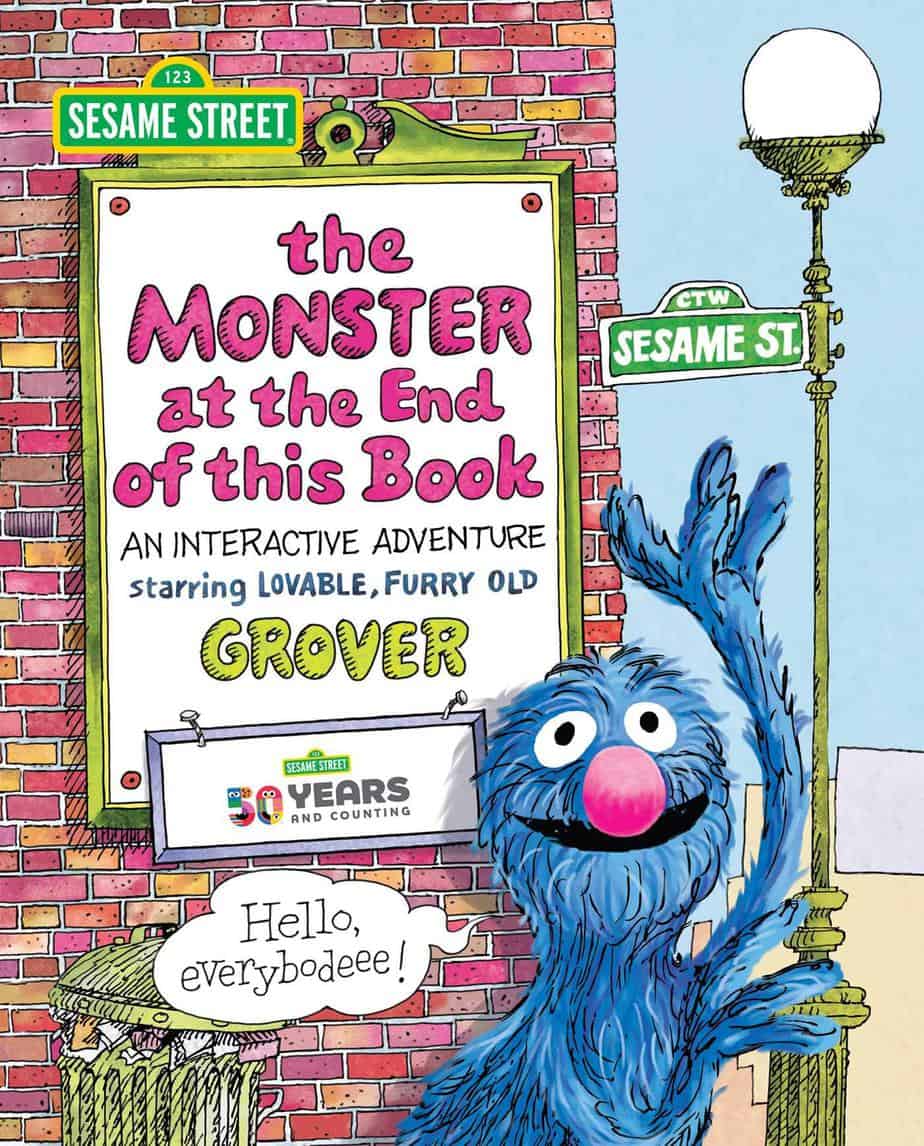-
The Wind In The Willows by Kenneth Grahame Analysis
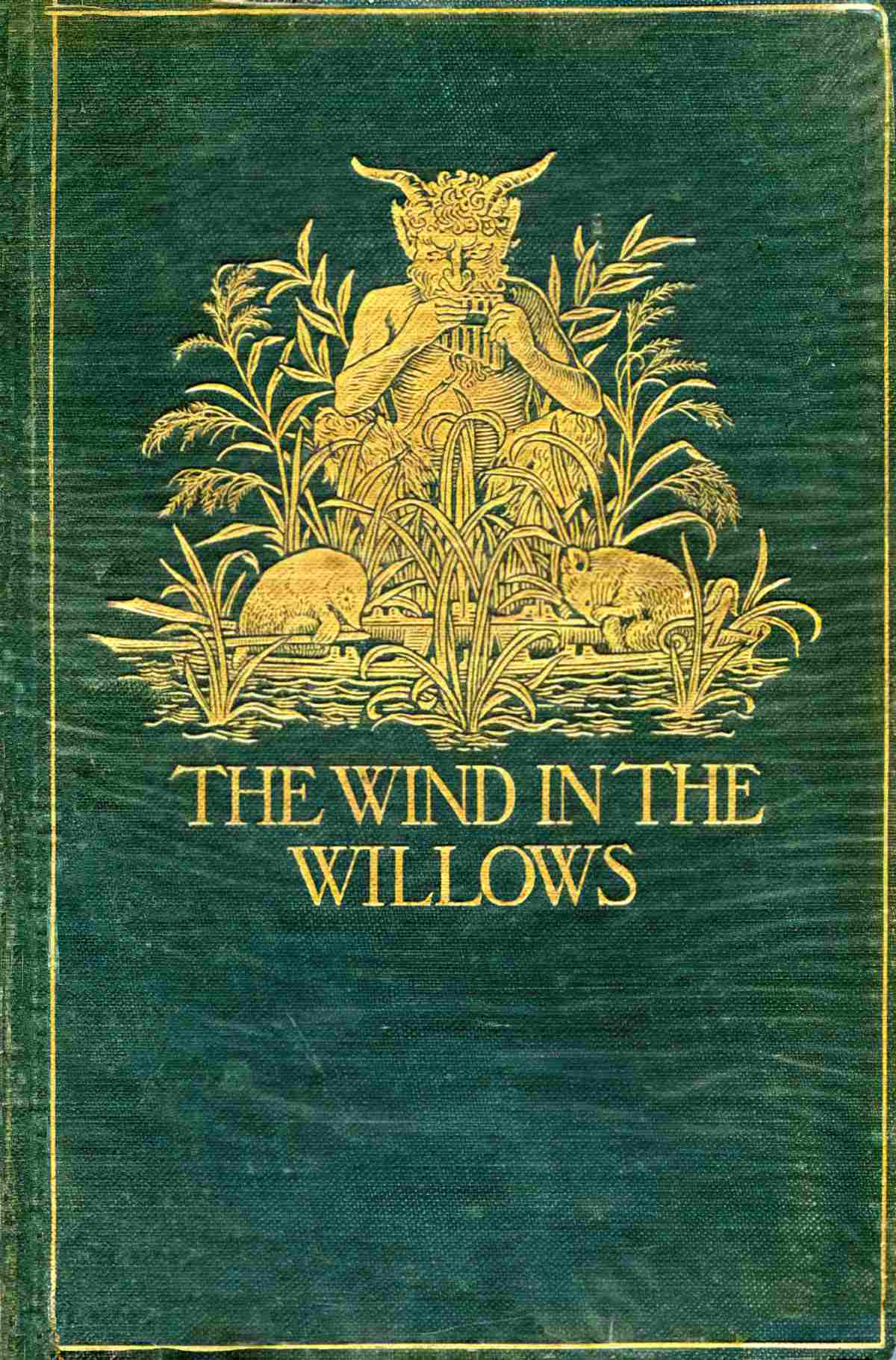
A man in the shape of a Mole’s body feels a yearning which can only be fulfilled by entering the most transgressive parts of his own psychology, externally represented by the Wild Wood. On his journey, he meets other men, each driven by their own secret (and not so secret) passions.
-
Types of Repetition in Storytelling
Repetition is sometimes accidental when it pops up in first drafts, but deliberate repetition is important when telling a story. The trick is knowing when to repeat yourself, and why you’re doing it.
-
Making Use Of Cognitive Biases In Storytelling
Cognitive biases are at play when an audience interprets any work of art. Storytellers can make use of them, and regularly do.
-
What do birds symbolize in literature?
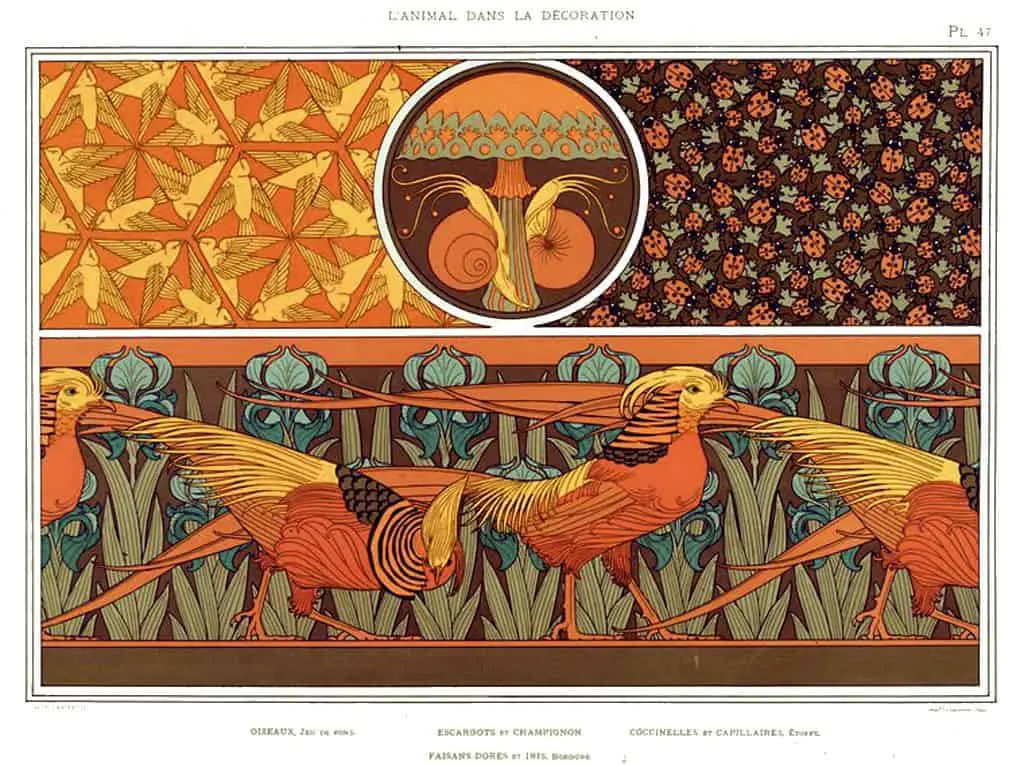
Birds are much older than we are — living dinosaurs. Across cultures, birds function as smart collaborators with humans. We now know how smart (some) birds really are, but we have long had a sense of their canniness. The smartest bird in the world is currently thought to be the New Zealand Kea, which isn’t so great if you live…
-
Dad Jokes, Puns and Related Words
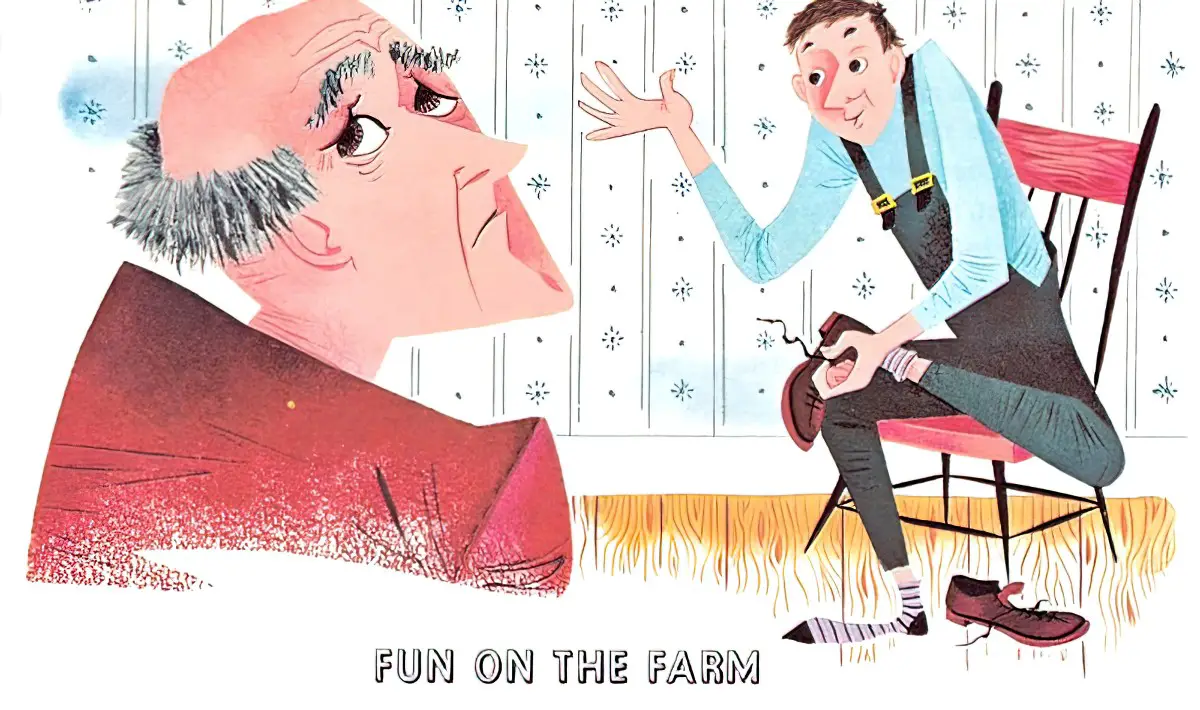
PUNS Puns are often simple wordplay for comedic or rhetorical effect. DAD JOKES Puns are at the heart of “Dad Jokes”, though in Dad Jokes, the “dad” generally pretends he doesn’t understand the speaker’s intended meaning. The Dad feigns stupidity, the Victim knows he’s only playing stupid, and the joke succeeds if it elicits a […]
-
Narrative Structure of a Miracle Story
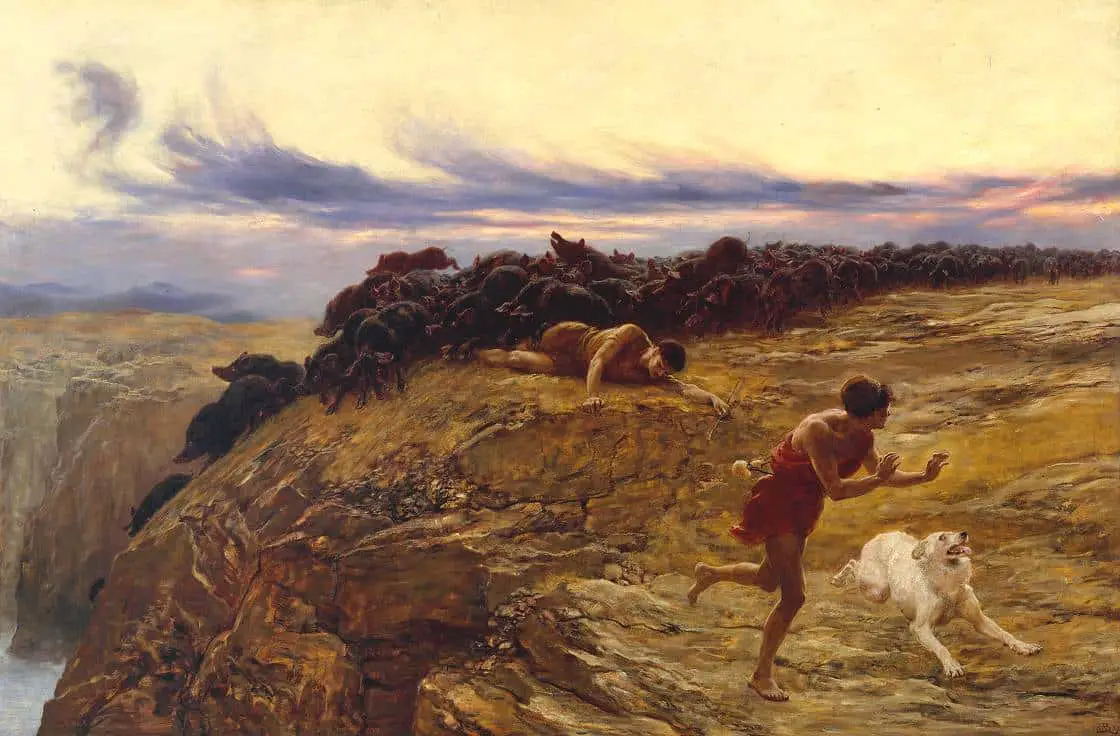
LITTLEWOOD’S LAW Around once per month, each of us experiences a “miracle” (an event with odds of one in a million). Across the world miracles are literally happening all the time, but because there are so many of them we perceive them as mundane. @G_S_Bhogal No luck was dumb because luck was just another name […]
-
Fire in Art and Storytelling
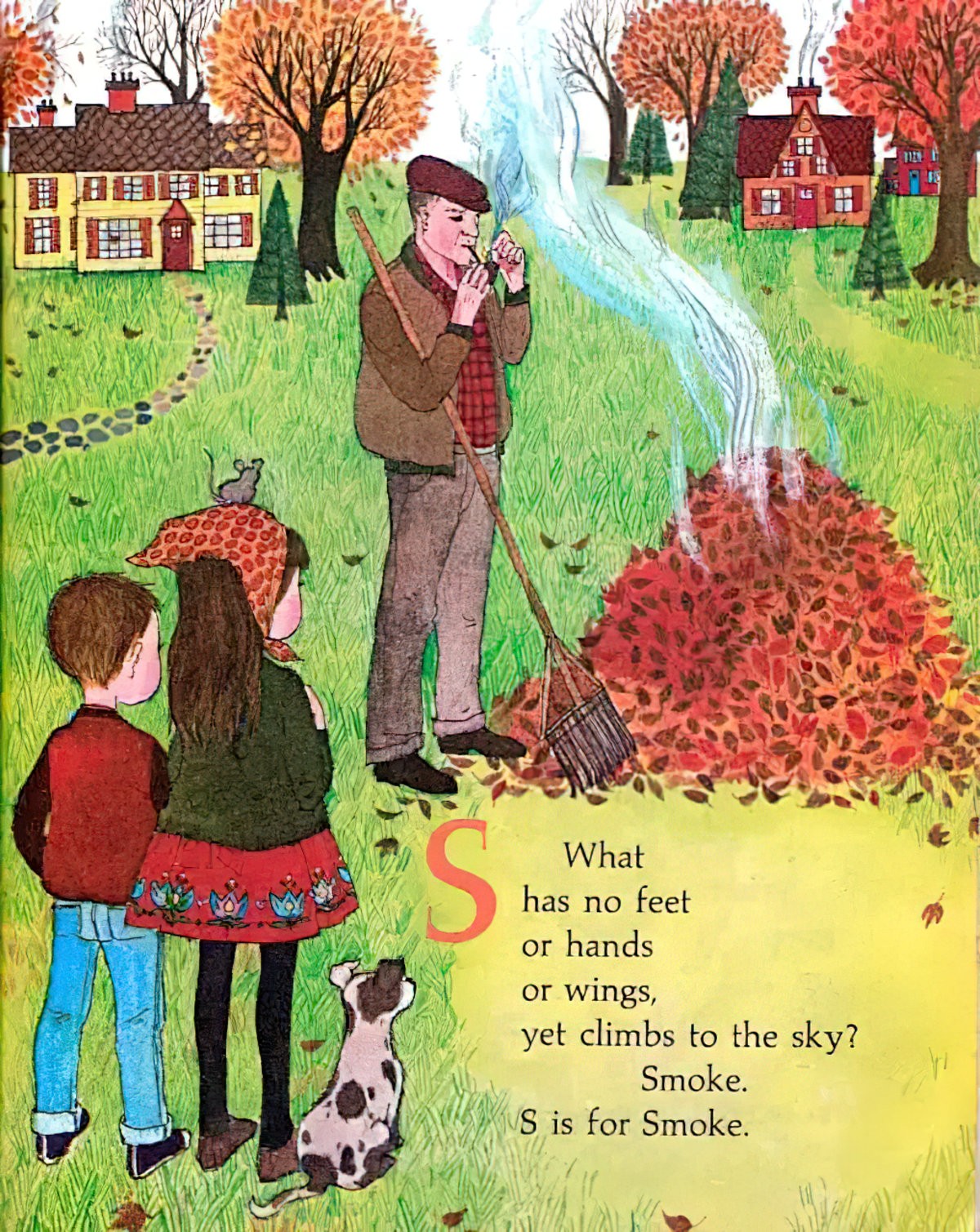
Effulgent: (literary) shining brightly; radiant Lambent: (literary) (of light or fire) glowing, gleaming, or flickering with a soft radiance. Lucent: (literary) glowing with or giving off light. Refulgent: (literary) shining very brightly
-
Zog by Julia Donaldson and Axel Scheffler
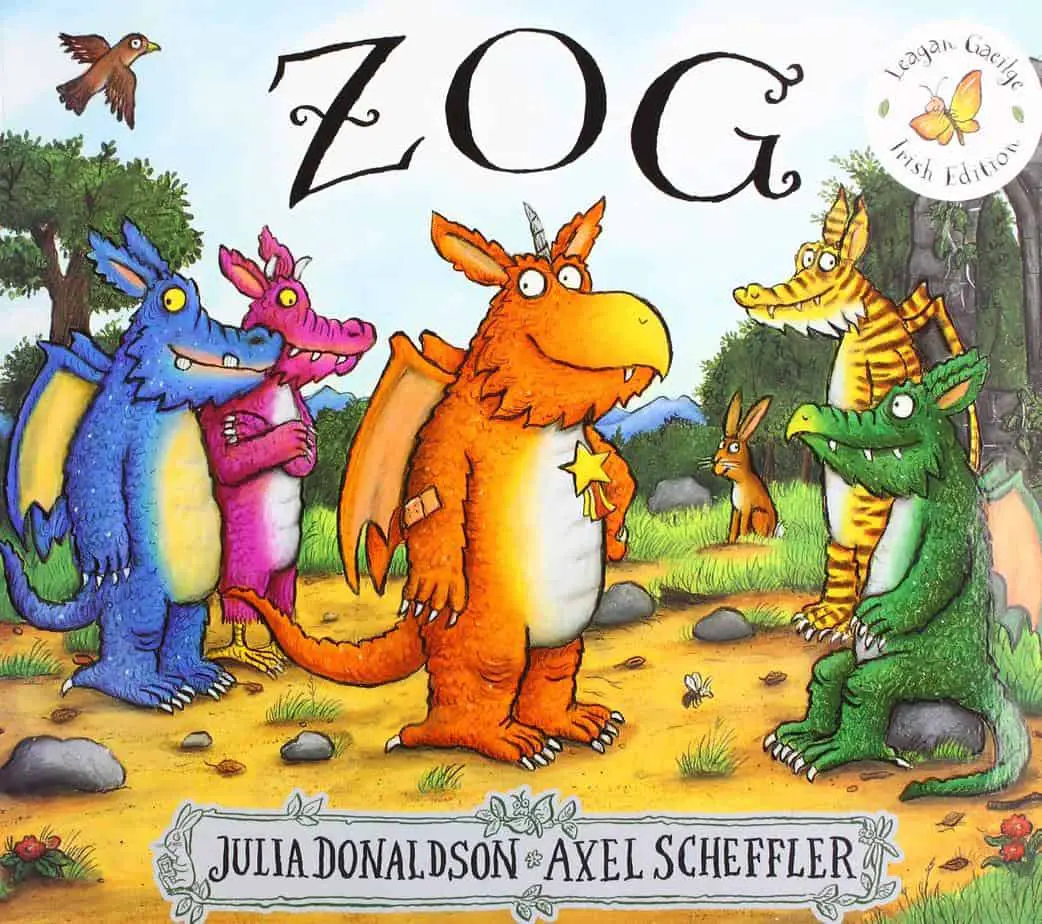
Zog (2010) is a picture book by best-selling British team Julia Donaldson and Axel Scheffler. Zog is regularly held up as a great feminist story for young readers. Zog interests me as an excellent example of a children’s story which looks feminist at first glance.
-
Blueberries For Sal by Robert McCloskey (1948)
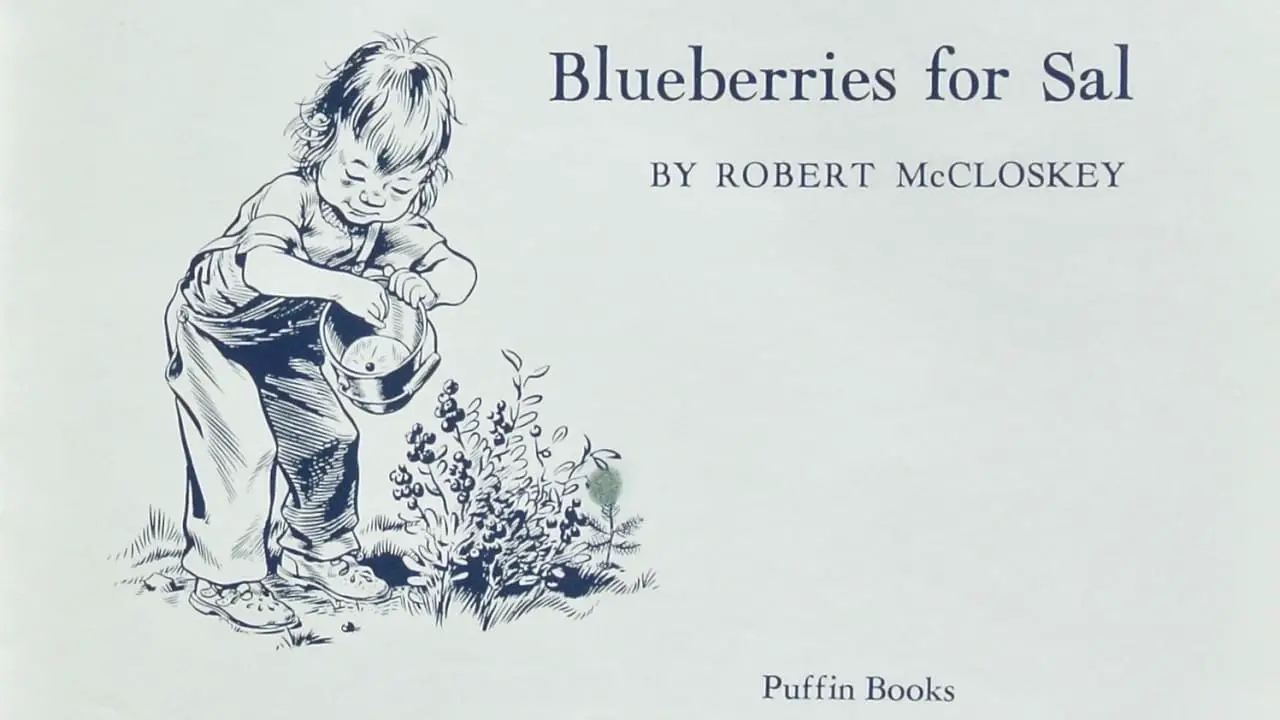
Blueberries For Sal (1948) is a picture book written and illustrated by Robert McCloskey, also well-known for Make Way For Ducklings. Both stories are thrillers for the preschool set, especially this one. In fact, I’m about to try and convince you that Blueberries For Sal is the inspiration behind Cormac McCarthy’s No Country For Old […]
-
The Treatment of Curiosity Across Storytelling
Are we supposed to be curious, or aren’t we? From reading stories, I just can’t make up my mind.
-
The Cat At Night by Dahlov Ipcar (1969)
The Cat At Night is a picture book written and illustrated by Amrican Dahlov Ipcar (1969). Like many children’s authors and illustrators, she lived a long life (1917-2017).
-
Childhood Horror: Why are kid things so scary?
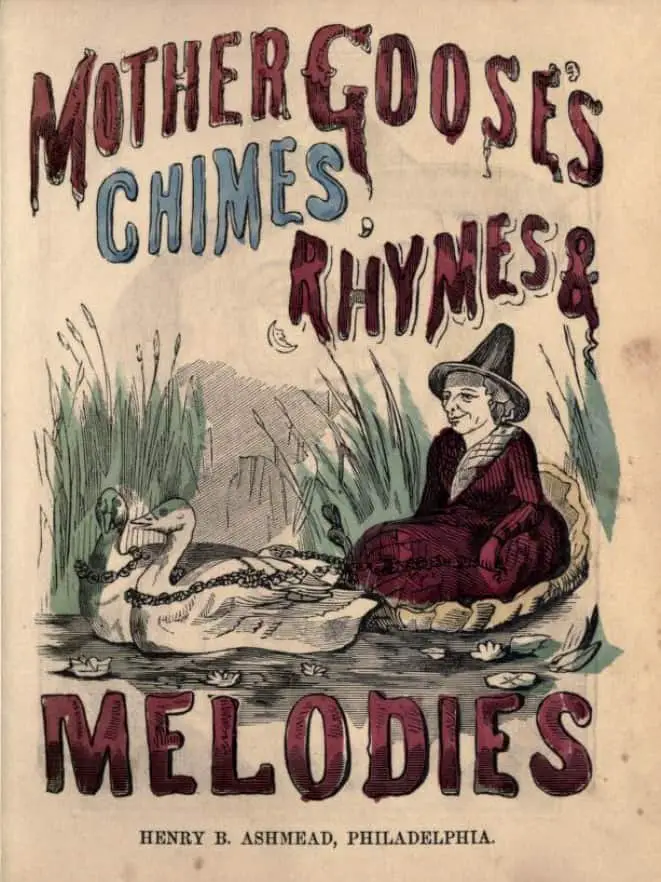
Here’s the thing about horror: It can so easily turn into accidental comedy. Watch the original 1960s Twilight Zone series and what was once genuinely scary now offers a family-night laugh. An inverse is also true: What we once considered fun, innocent, cosy and child-friendly will morph over time into something sinister. In the second […]
-
Wheel On The Chimney by Wise Brown and Gergely 1954
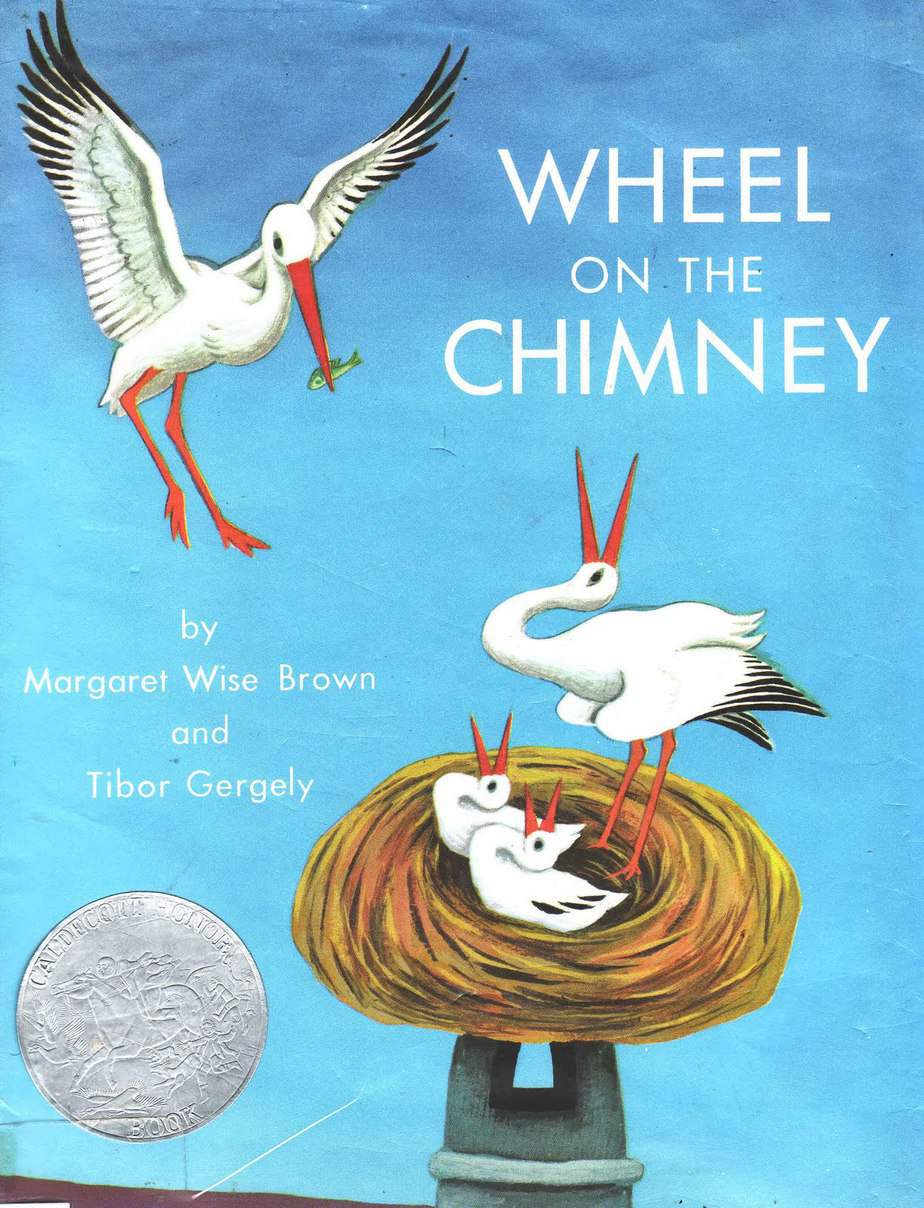
Wheel On The Chimney is a calm, bird-focused storified description of an old custom observed throughout various parts of Southern Europe.
-
The Harlequin and The Circus
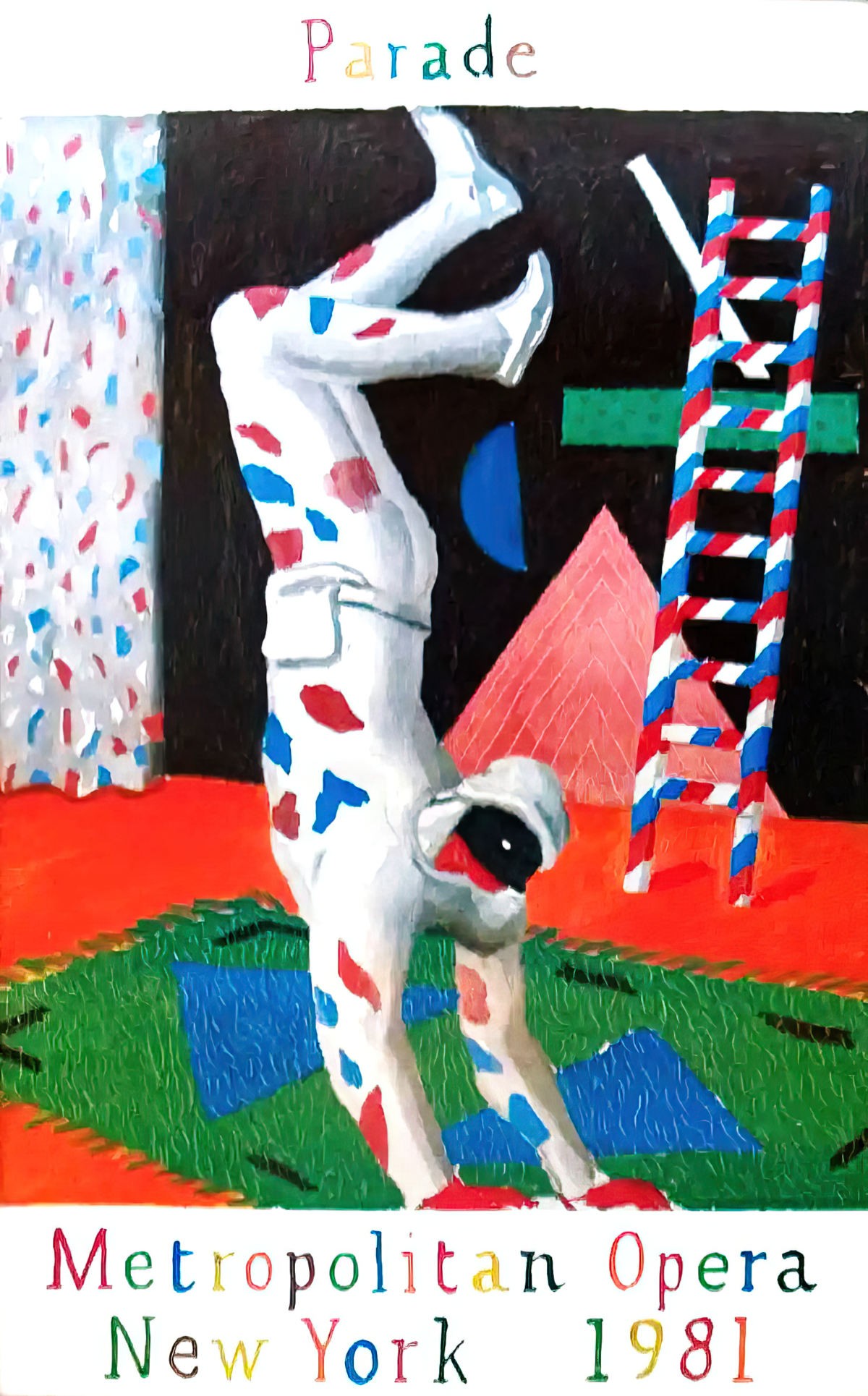
Why is the triangle/diamond/lozenge shape associated with the circus? For the answer, we need to go back more than 500 years.
